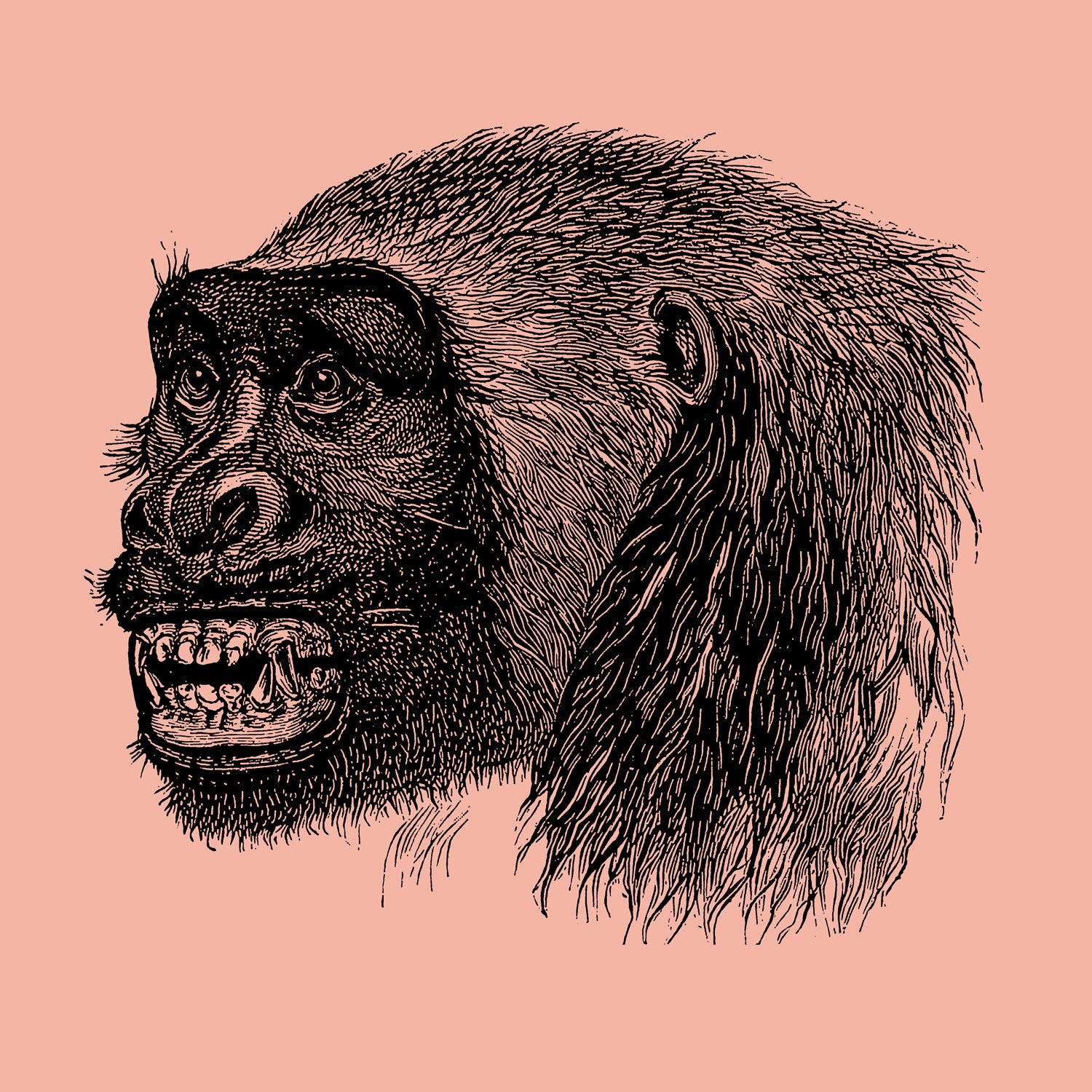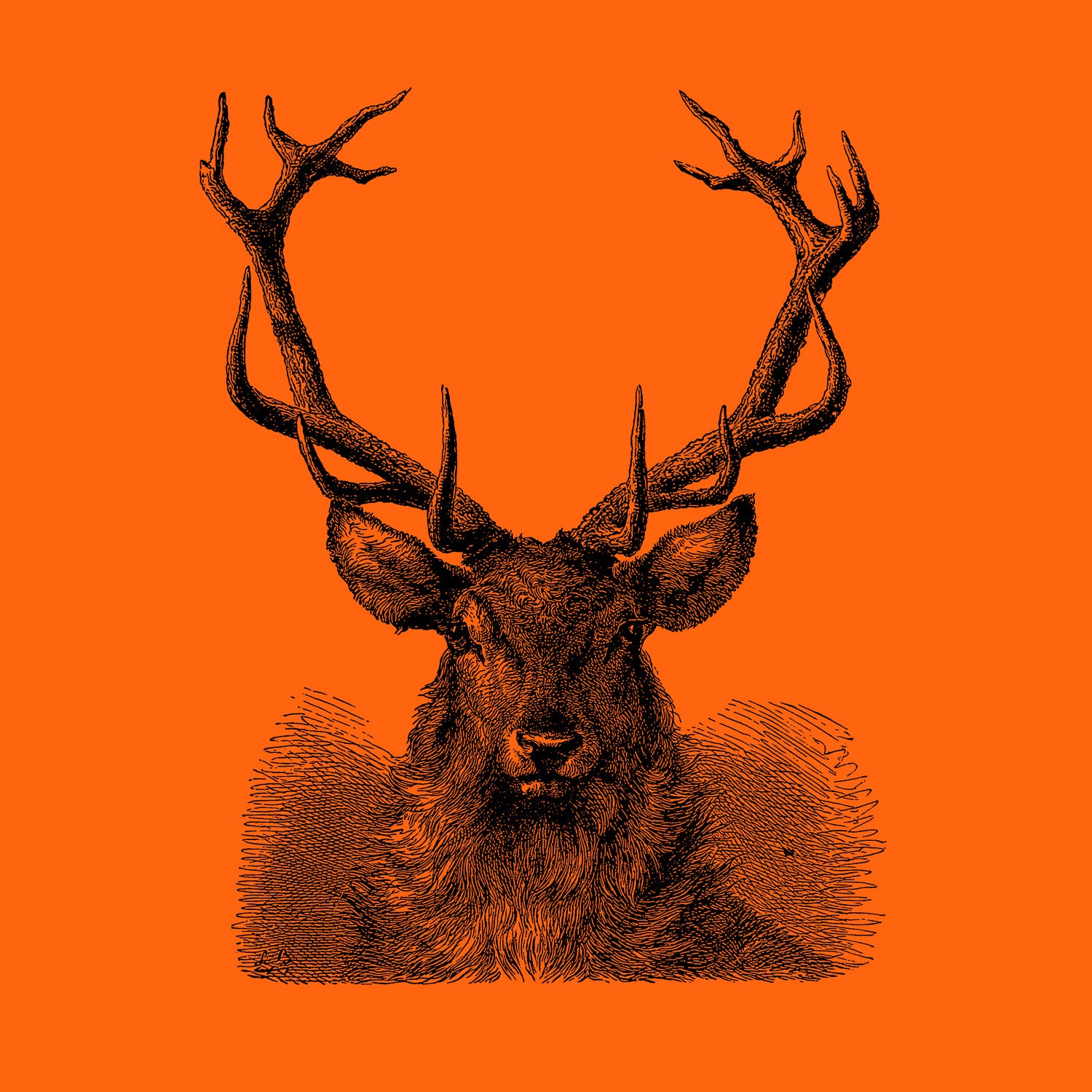Mimicry is a term in evolutionary biology that describes when an organism has evolved to resemble something else - usually an organism of another species. This blog post will look at how some species use mimicry advantageously.
How do harmless species protect themselves from predators?
One of the most well-known forms of mimicry is Batesian mimicry. This is when a harmless species has evolved to copy the warning signals of a harmful species. The mimic octopus can change colour and shape depending on the situation to impersonate several different species. For example, when a mimic octopus was bothered by a damselfish, it mimicked a banded sea snake, a damselfish predator. Other dangerous animals the mimic octopus imitates are the lionfish, jellyfish, crab and zebra sole. It can also change colour to camouflage itself in a sandy environment and imitate animals that cannot move; tiny sponges, tube-worm tubes, or colonial tunicates.
|

Image showing the Mimic Octopus copying various species and the original species they are imitating. By Liquid Earth Blog
|
The Mexican Milk snake is another example of Batesian mimicry - it's a non-venomous snake native to Mexico and parts of the United States. Its bright colours and ring pattern are similar to the Coral snake, one of the most venomous snakes in North America. Distinguish between the two with this useful saying; "Red on yellow kill a fellow. Red on black venom lack."
|

Mexican milk snake, Lampropeltis triangulum annulata by Dawson
|
How do predators use mimicry to attack their prey?
Predators can use mimicry to trick their prey into thinking they are species that are either neutral or beneficial to them. An example of this is the bluestreak cleaner wrasse and its mimic, the false cleanerfish (Aspidontus taeniatus). Cleaner fish are allowed to nibble on other fish because they eat parasites and dead skin. However, as you may guess from its name, the false cleanerfish pretends to be a cleaner fish and eats part of its unsuspecting prey! It has evolved to resemble the bluestreak cleaner wrasse so closely in colour, size and behaviour; other fish are wary of bluestreak cleaner wrasse.
How can prey use mimicry to protect themselves?
Thanatosis, or feigning death, is a great defensive strategy for animals because most predators prefer to eat live prey to negate any risk of contracting infections caused by rotting flesh. Feigning death is an unintentional physiological response in opossums. Their body stiffens and can be poked and rotated with no reaction from the animal. During this phase, the lips recede, and teeth are bared. Saliva bubbles near the mouth, the eyes partially or fully close or half-close, and a rancid smelling fluid secretes from the anal glands. It will gradually regain consciousness in a process that can take a few minutes or up to four hours.
|

Virginia opossum (Didelphis virgiana) feigning death by Tony Alter
|
Interested in Learning More?

This pictorial archive is a unique collection of rare 18th and 19th-century engraving and etchings. We've curated and restored 627 beautiful high-resolution images of lions prowling, tigers fighting, pumas stalking, hyenas hunting, deer rucking, bats, snakes, bison, antelope, eagles, swallows, owls, elephants, hippopotamus, walruses, apes, monkeys, marsupials, rodents, octopus, bears, rabbits, giant anteaters plus an extensive collection of animal skeletons and so much more. We're confident this book has the animal reference material you need.
Image Download Included:
Have you ever wished you could access these images at a larger scale without having to go through the hassle of scanning each page and distorting the dimensions and image quality?
We've got you. Each book comes with a unique download link providing you with instant access to all of the digitised high-resolution print-ready files. Scale up your chosen design with ease and get back to what you do best, creating.













